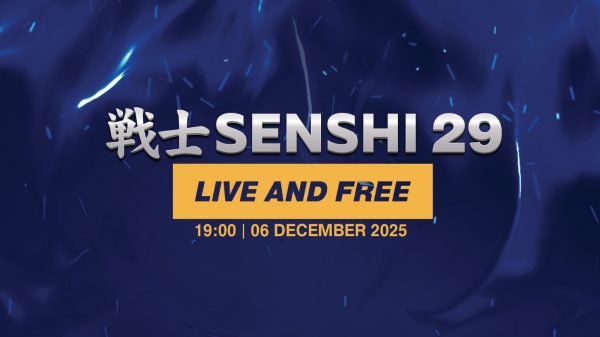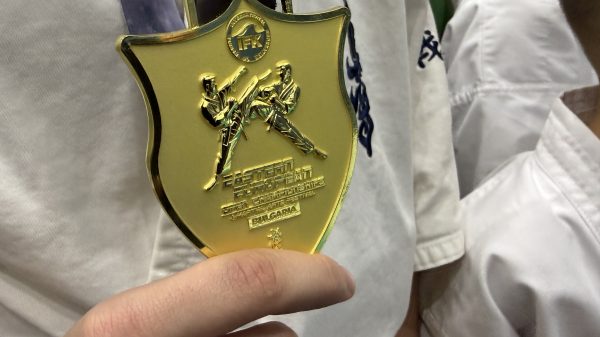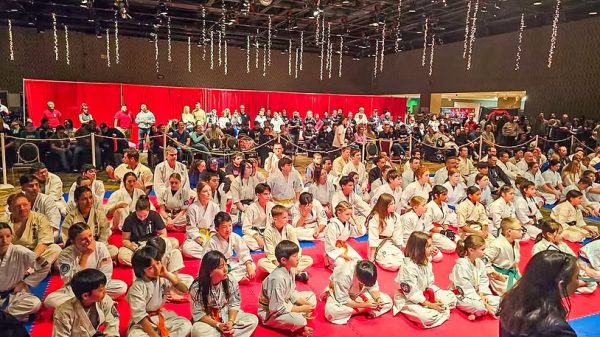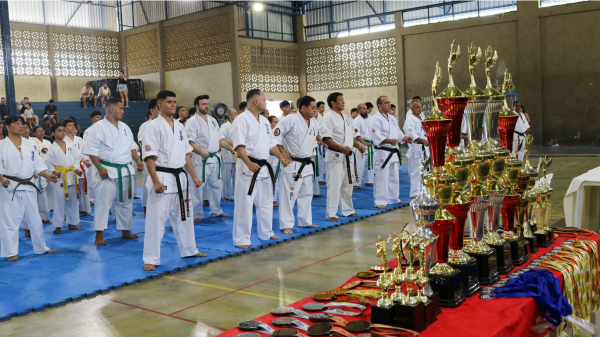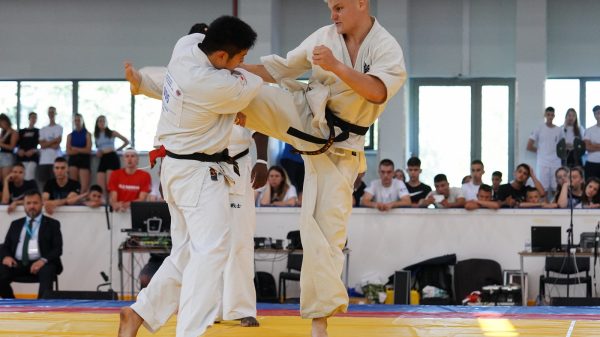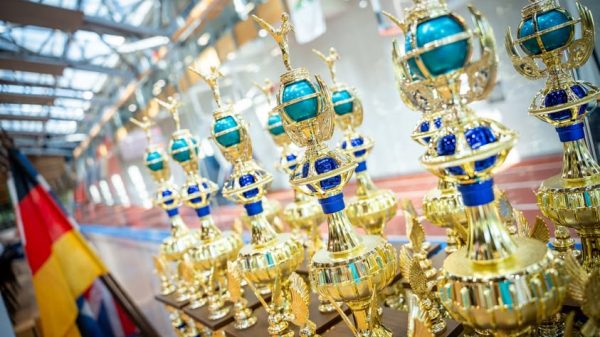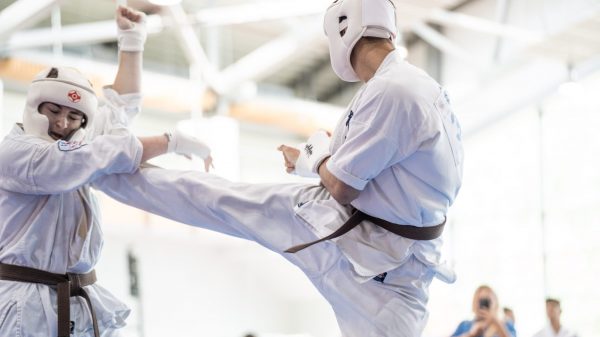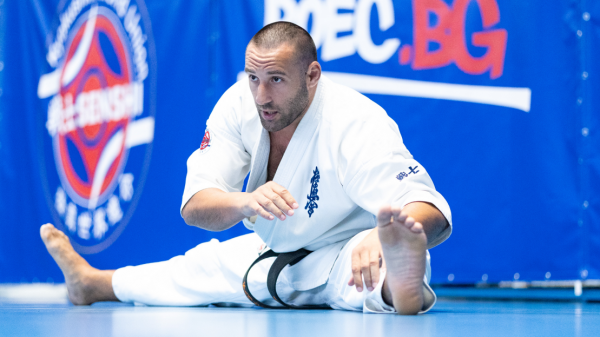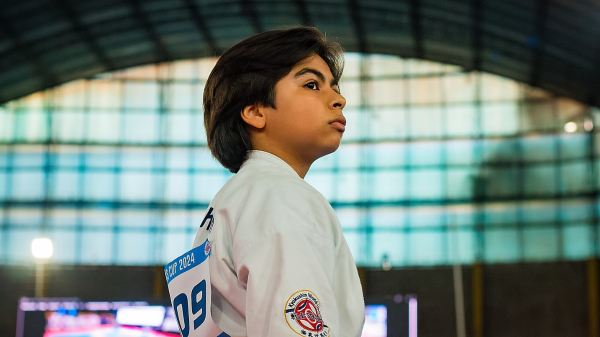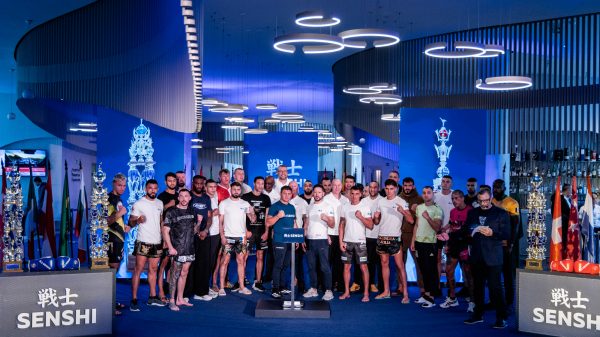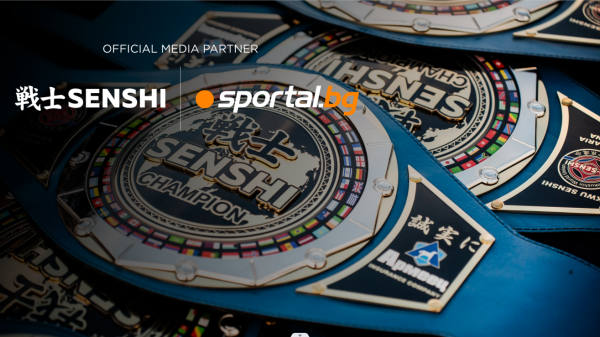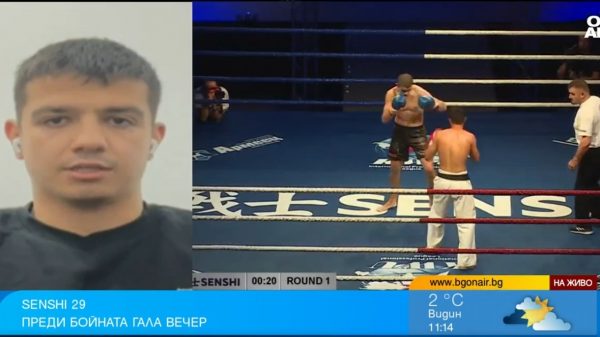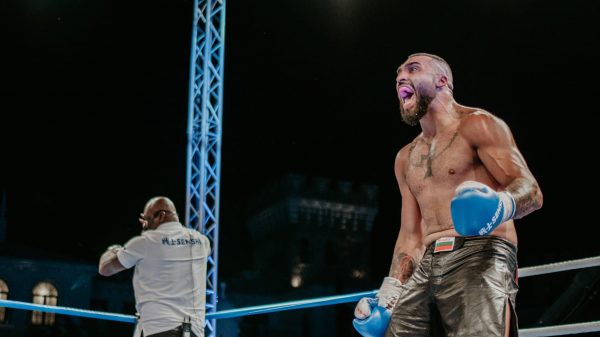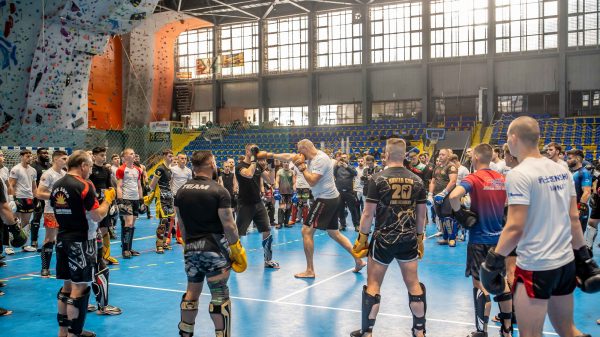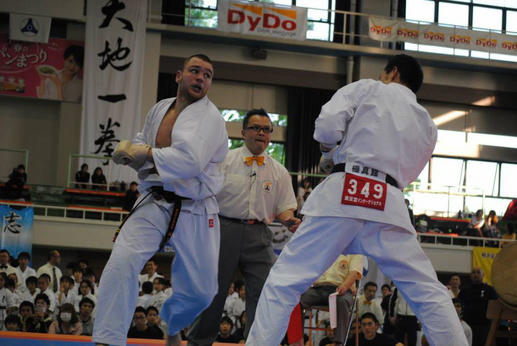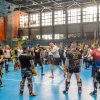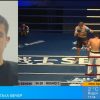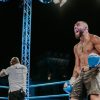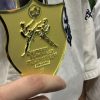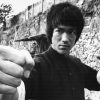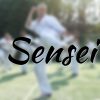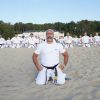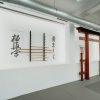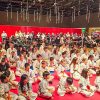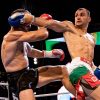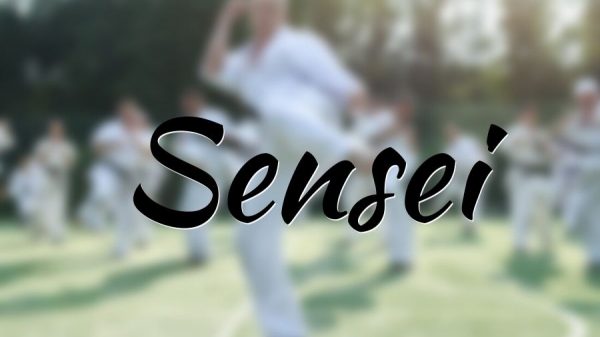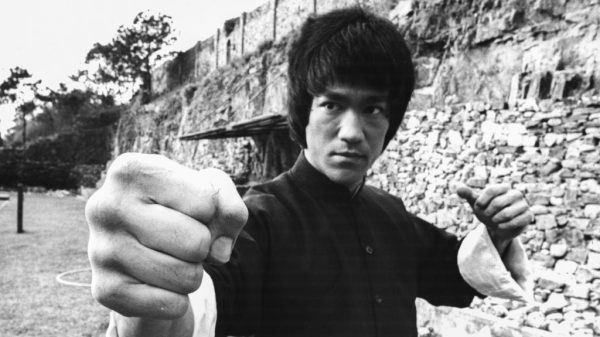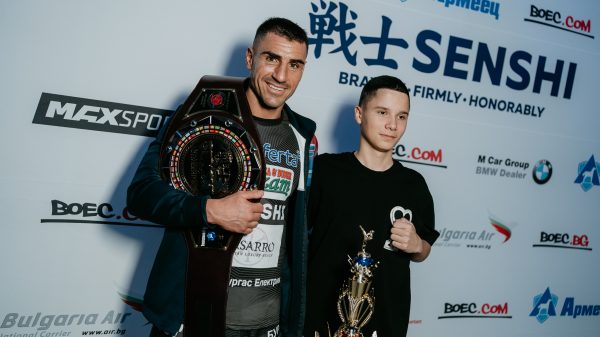We all know that by the 1990s when Sosai was alive, and Kyokushin achieved such enormous popularity, all Kyokushin tournaments, including the world tournaments held in Japan, denied the competitors the use of hand strikes (punches, elbows, etc.) to the head and face.
Shinken Shobu Tournament Rules: This was done originally for an obvious reason. No one wanted to see so many competitors bloodied and sent to the hospital after competitions. We are told that the Japanese public feared that competitors would die at the first full-contact tournaments held by Mas Oyama in the late 1960s ′s if face punching were allowed.
Kyokushin-kan strives to define itself as an organization with the tools to ADVANCE Kyokushin through a specific technical vision which includes a concentrated understanding of kata, bunkai, and tournament kumite, along with the (re) introduction to Kyokushin of Chi energy training (through Ikken), Bukijutsu (weapons training), head/face-punch kumite, a heightened standard for manner, a stricter standard for promotion, and a refined set of tournament rules. These technical articles were written with the intent to inform Kyokushin-kan’s members of all that is meant to be gained.
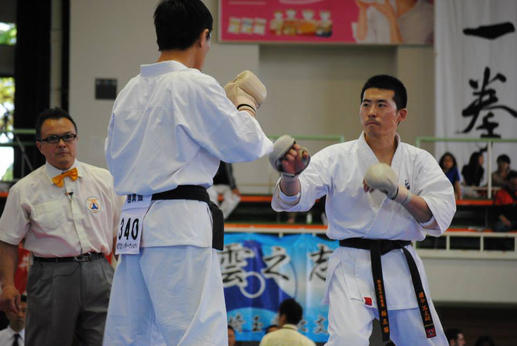
Kancho Royama frequently points out at his seminars a key point, however, that differentiates the competitors of that era and Kyokushin competitors of the present:
Those early students of Oyama Dojo (preceding the founding of the Kyokushinkaikan) and of early days at the Kyokushinkaikan practiced full-contact kumite in the dojo in which punches to the head and groin (and grabbing and throwing) were all legal. This means that the Japanese fighters of the earliest Kyokushin tournaments fought with face/head punches in the dojo and only limited their strikes to body blows at the tournaments. These fighters, therefore, knew how to defend their faces from punches. Those reflexes were well developed.
According to Kancho Royama, however, a tragic development in the evolution of Kyokushin then ensued. A new, younger generation came along which aspired only to win Kyokushin tournaments in which it wasn’t necessary to develop face/head punch defensive techniques and reflexes, and the majority of all Kyokushin practitioners ceased to practice defenses against that would-be-critical aspect of what would be any real self-defense situation.
Indeed, when the first Kyokushin champions were sent to fight in the K-1 kickboxing rings following Mas Oyama’s death, they were tragically defeated, leading to a critical collapse in the popularity of Kyokushin in Japan. The Japanese public no longer believed Kyokushin to be the world’s strongest karate.
Kancho Royama points out that it is critical that we, in Kyokushin-kan, reclaim what was lost. As karateka, we must develop self-defensive reflexes against hand strikes to the head. The creation of the new face-contact tournament rules for certain specific tournaments in Japan (including our first face-contact world tournament that was held this past year) is a result of that mandate. However, the “traditional” Kyokushin karate practitioner should not panic. Most of us will continue to train for, and compete in, Kyokushin tournaments with traditional rules. The theory is that an elite class of competitors who want to compete with head punches will do so and that, since that group will become role models and also continue to fight in the tournaments with traditional rules, the entire “style” will be influenced towards a better trend in which our stances, footwork, and the way we use our guard to protect our heads will be improved. After all, the reason why an earlier generation of competitors lost the ability to defend their heads was exactly because they were looking at the champions, their heroes, who won tournaments without head punches. Our suggestion, therefore, is that if a new class of heroes is developed that fights better (because they’re staying mindful of the possibility of incoming punches to the head), the next generation will be positively influenced.
In conclusion, according to Kancho, it IS vital that we all develop reflexes to defend our heads from punches. It is NOT, however, necessary for all of us to rush into dangerous head-contact competitions. Those who want to try should try. Those for whom that level of competition doesn’t make sense should not be pressed. As instructors and sempais, it’s important that we are able to explain this new trend in these non-threatening terms.
Source: kyokushinkaneurope


